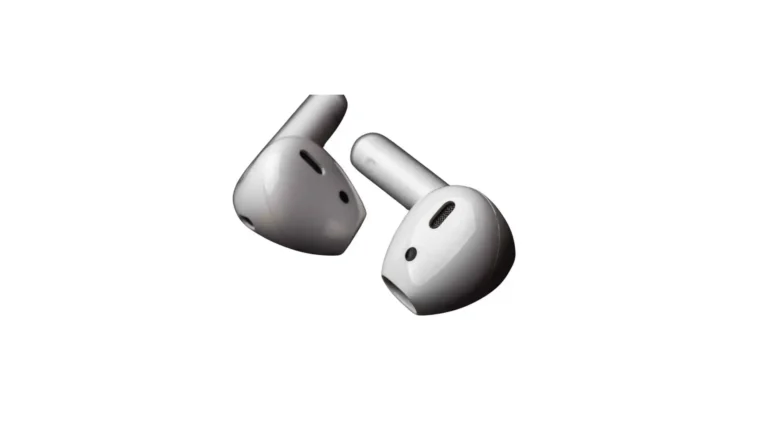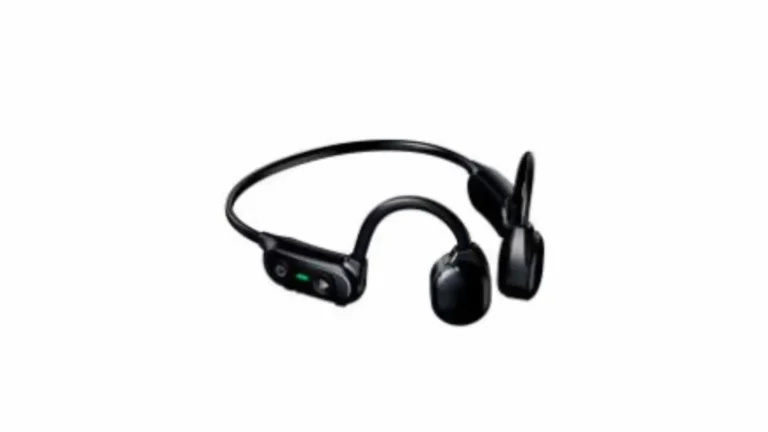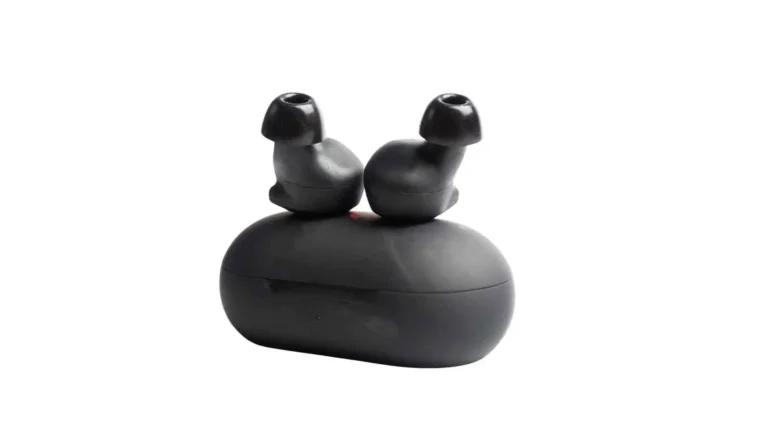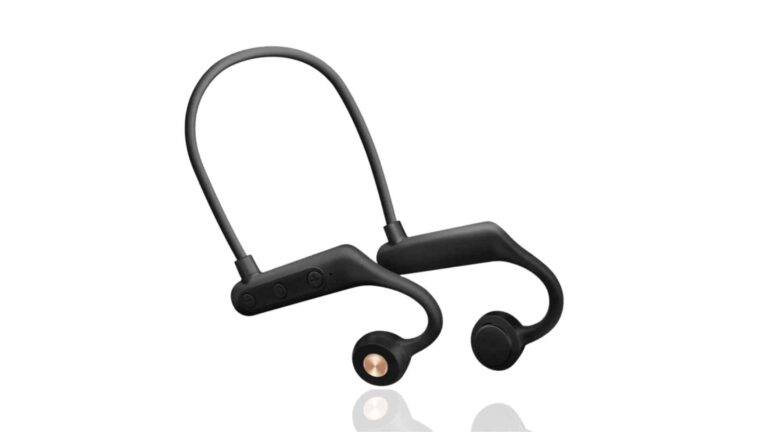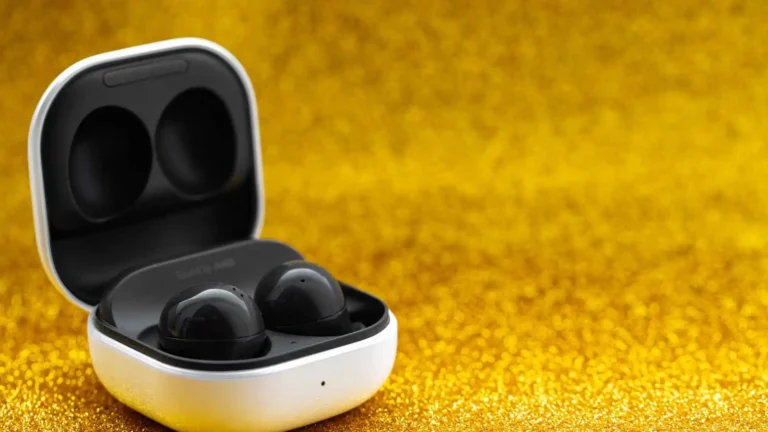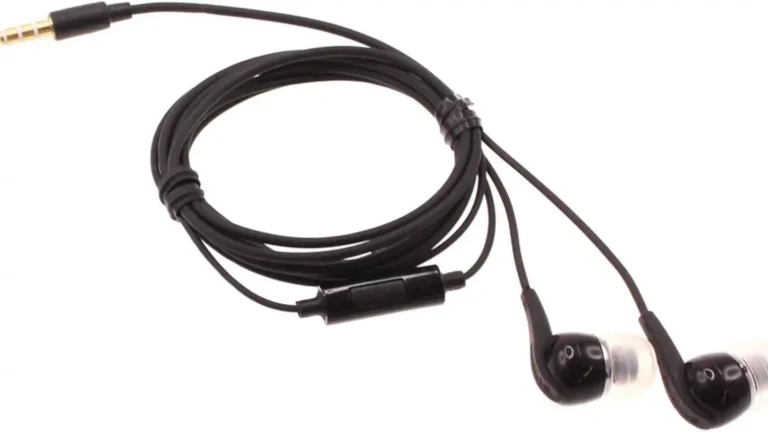Table of Contents
ToggleWhat are activity trackers
Activity trackers, often referred to as tracker watches, step trackers, step counter watches, fitness watches, fitness band watches, or smart bands, are devices engineered to monitor and record various aspects of your physical activity and health. They operate by employing an array of sensors and technology to monitor your movements, heart rate, and other pertinent data. Here’s how they typically function:
Sensors:
Activity trackers, be they in the form of tracker watches, step trackers, step counter watches, fitness watches, fitness band watches, or smart bands, are outfitted with an assortment of sensors, including:
Accelerometer:
This sensor gauges motion and acceleration, detecting shifts in direction and speed. This enables the tracker to identify whether you’re walking, running, or even sleeping.
Gyroscope:
Some trackers, like fitness band watches and smart bands, incorporate a gyroscope to offer more precise information about your movements, especially in three-dimensional space.
Heart Rate Monitor:
Many activity trackers, including fitness watches and smart bands, come equipped with a built-in heart rate sensor. These sensors employ optical or electrical technology to continuously or on-demand measure your heart rate.
GPS:
Certain advanced trackers, such as fitness watches and smart bands, boast GPS (Global Positioning System) capabilities. These GPS systems track your location, providing more accurate calculations of distance and speed, especially for outdoor activities.
Skin Conductance Sensor:
A select few trackers, like fitness band watches, feature sensors to measure changes in skin conductance, which can provide insights into stress levels.
Thermometer:
A subset of trackers includes temperature sensors to monitor your body temperature.
Data Collection:
These sensors, regardless of whether they are part of a tracker watch, step tracker, step counter watch, fitness watch, fitness band watch, or smart band, continuously gather data as you go about your daily activities. The accelerometer and gyroscope, for instance, detect motion and determine the intensity and type of activity (e.g., walking, running, stair climbing).
Data Processing:
The data collected by the sensors is processed within the tracker’s internal computer or microcontroller. Algorithms are applied to interpret this raw data and convert it into meaningful information.
Display and Storage:
Most activity trackers, including tracker watches, step trackers, step counter watches, fitness watches, fitness band watches, and smart bands, are equipped with a small display screen. This screen shows real-time information, such as step count, distance covered, calories burned, and your present heart rate. Some trackers also retain this data for later analysis and synchronize it with a mobile app or computer for a more comprehensive overview of your activity and health.
Wireless Connectivity:
Activity trackers typically incorporate Bluetooth or Wi-Fi connectivity. This connectivity allows the tracker to sync data with your smartphone or computer, enabling you to monitor your progress and access historical data through a dedicated app.
App and Analysis:
The data collected by these versatile devices is analyzed within the companion app or on a connected device. You can establish fitness goals, track trends, and monitor your progress over time. Some trackers, such as fitness watches and smart bands, offer additional features like sleep tracking, stress analysis, and guided workouts.
Battery:
To power these multifaceted devices, they generally come equipped with a rechargeable battery. The battery life can vary from several days to a few weeks, depending on the model and usage.
User Interaction:
Users can interact with their activity tracker, whether it’s a tracker watch, step tracker, step counter watch, fitness watch, fitness band watch, or smart band, by tapping, swiping on the device’s screen, using buttons, or through voice commands. The specific interaction method varies based on the device’s design and features.
In summary, activity trackers, whether you call them tracker watches, step trackers, step counter watches, fitness watches, fitness band watches, or smart bands, function by utilizing a combination of sensors to collect data on your physical activity and health-related metrics. This data is then processed, displayed, and often synced with a mobile app or computer, enabling you to monitor and enhance your fitness and well-being.

